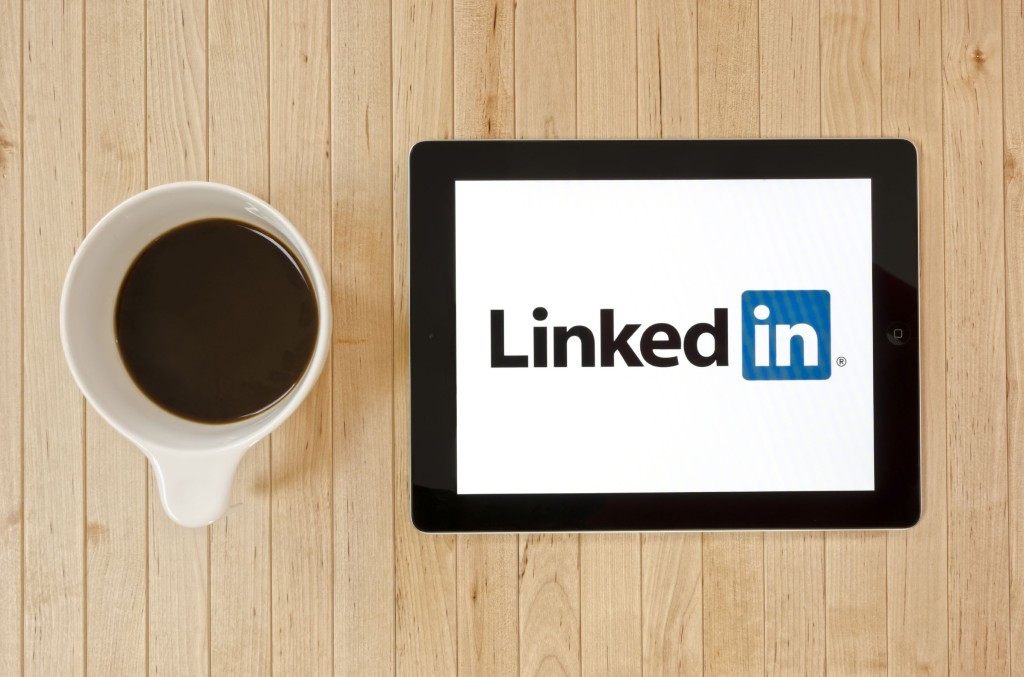#Leadership : Craft a Legal, Effective Employee Social Media Policy With These 5 Steps…Social Media has the Power to Boost a Brand’s Image, Reinforce Relationships with Customers and Increase Sales. When Abused by Employees, however, It can Cause Irreversible Damage.
Take KitchenAid, for example. In October of 2012, the company tweeted out an offensive comment about President Barack Obama’s grandmother. As a result, it faced a huge backlash and received a plethora of negative media attention. This happened simply because an employee tweeted his or her opinion from the brand account, rather than from a personal one.
Just this past summer, Anthony Cumia from the popular radio show “Opie & Anthony” was fired for tweeting profane remarks about a woman who allegedly confronted him on the street. It reflected poorly upon SiriusXM, the company that broadcasts the show. Not wanting to face overwhelming criticism, SiriusXM immediately terminated their relationship with Cumia.
There are countless examples of social media faux pas over the years. They can easily happen anytime, and to any brand.
To protect your company, you must create and enforce social media policies. These policies should let employees know what can and can’t be said, as well as how to act appropriately on Facebook, Twitter, Instagram, Pinterest or any other site your company utilizes.
To get started on a social media policy, study and consider implementing the following instructions:
1. Research state and federal rules on free speech.
Though social media policies are imperative, they may end up getting companies in trouble. Large corporations such as General Motors and Target have been asked to revise their policies because they went too far.
Before writing one, it’s important to look into federal and state laws regarding speech on sites such as Facebook and Twitter, along with rules for accessing employees’ personal accounts. Business owners putting the policy together can research social media laws on the National Labor Relations Board or, better yet, hire a lawyer who specializes in it.
Like this Article ? Share It ! You now can easily enjoy/follow/share Today our Award Winning Articles/Blogs with Now Over 2.5 Million Growing Participates Worldwide in our various Social Media formats below:
FSC LinkedIn Network: (Over 15K+ Members & Growing !) www.linkedin.com/in/frankfsc/en
Facebook: (over 12K) http://www.facebook.com/pages/First-Sun-Consulting-LLC-Outplacement-Services/213542315355343?sk=wall
- Google+: (over 800K)https://plus.google.com/115673713231115398101/posts?hl=en
- Twitter: Follow us @ firstsunllc
educate/collaborate/network….Look forward to your Participation !
Continue of article:
2. Involve employees every step of the way.
A social media policy should not be produced without input from employees. Ask employees what they’re comfortable with, which might include whether they want to sign their initials on posts, and if they’d be fine with refraining from talking about the company on their personal accounts.
You may also want to specify when social media can be used at work, as well as how employees are expected to interact with customers online. Throughout the process, employees should be encouraged to ask questions. When the document is completed, employees need to sign off on it to ensure that they are on board with the new rules.
3. Tailor the policy to the job.
Instead of handing out the same social media policy to everyone, you may want to tailor it according to what department someone is in. Employees who manage the different accounts will need a more specific set of directions and guidelines, while those in sales, IT or HR would just require a policy regarding their personal use.
4. Include business privacy issues.
A big reason for formulating a social media policy is to protect a brand’s privacy. If company practices and secrets are revealed online, it can give competitors an edge and cause extensive damage.
The policy should highlight what would hurt the company and why. Employees must know where to draw the line when revealing information about the company. For example, it might be fine to post photos of the business’ office and holiday parties online, but it would be detrimental to disclose how many sales were made in the fourth quarter.
For a good frame of reference on setting rules for privacy concerns, check out the “What You Should Never Disclose” section of Best Buy’s social media policy.
5. Preparing to write the policy.
A social media policy should be seen as a helpful addition to the company. It is not meant to make employees feel stifled or condescended to.
Before you start thinking about the rules you’re going to include in the policy, determine what positive results you hope to achieve. Perhaps you want employees to feel free to post on the various accounts. Or you want to improve customer service online.
By keeping these goals in mind, you can decide upon the best ways to phrase and formulate social media policies.
Entrepreneur.com | March 12, 2015 | Michael Roy



